Art for beginners: Everything you need to get started, according to artists
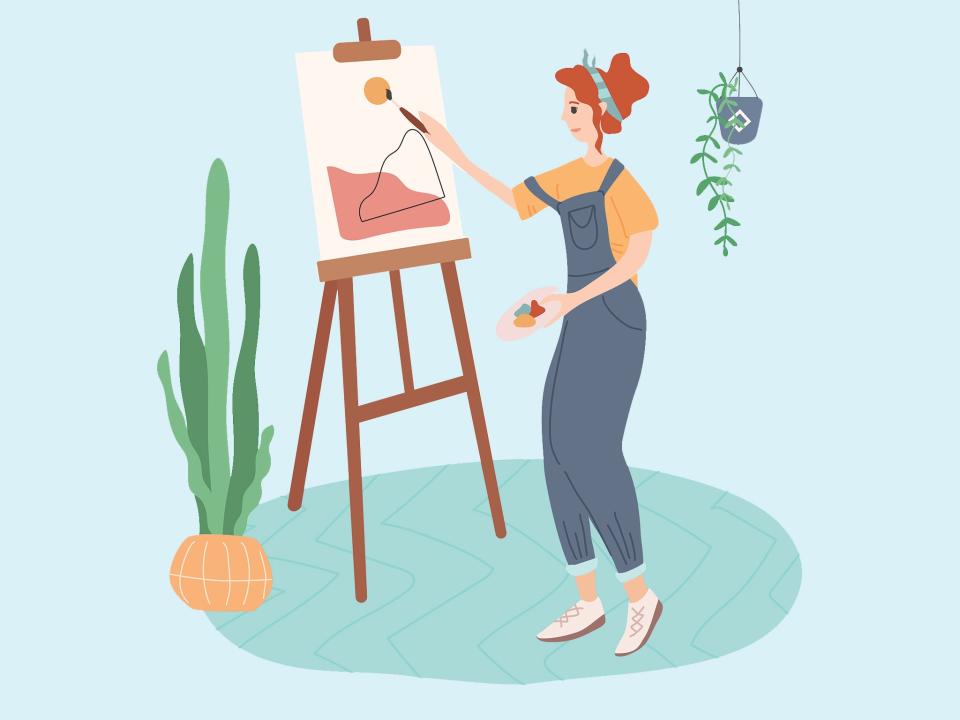
Whether it’s line drawing or acrylic painting, it’s time to get excited about your new hobby
(iStock)With social media often flooded with how others are achieving their lockdown goals, chances are you’ve put extra pressure on yourself to be more productive.
Motivating yourself to exercise or finish a project can be difficult at the best of times, so, in our opinion, taking up a new hobby is a kinder and more fun way to go.
Discovering new ways to get creative and keep your mind busy might be the key to staying positive during these trying times.
If you’re yet to pick up a new pastime, there’s no better time than now. We suggest art; known for its therapeutic and stress-relieving qualities.
For artist Sasha Compton, art is a “form of therapy”. “It’s a means to escape everyday worries and to find the courage to try new things – and, as a result, learn from the mistakes,” she says.
Similarly, Curtis Holder, winner of Sky Arts’s Portrait Artist of the Year, says that when he considered a career in art therapy it gave him an insight into the value of art as a way of relieving feelings of stress and anxiety.
“I would heartily recommend people trying creative things during this difficult time. You don't have to be an accomplished artist, you just need to tap into your creative spirit and enjoy trying something different,” he said.
We spoke to some of our favourite artists to get their advice on the essentials you need to take up this new hobby. From line drawing to watercolour painting, prepare to create something worthy of the Louvre.
You can trust our independent round-ups. We may earn commission from some of the retailers, but we never allow this to influence selections, which are formed from real-world testing and expert advice. This revenue helps to fund journalism across The Independent.
Acrylic painting
Owing to their versatility and the fact they dry quickly, acrylics are a popular choice that have been widely used by artists since the Sixties. They can be diluted and used as thinly or thickly as you require. Artist David Hockney was one of the first champions of acrylic paint, using it to create some of his best-known works.
If you’re looking to start, seascape artist Nina Brooke encourages anyone to “just give it a go”. “Don’t feel too restricted,” she says. “Find something that inspires you – a place, an object, a walk, a memory, another artist – and start making some marks.
“There are a lot of useful tutorials online about how to layer colours with acrylics, which might be helpful in getting to grips with how to use layers to give depth to an image. All my paintings start off with a very watered-down base layer using muted, earthy colours and I build up the painting from there adding colour and detail as I go.”
Brooke suggests starting small and experimenting with colours and various thicknesses of paint. “Don’t feel too restricted – it takes time to get used to the way the materials work. As daunting as the blank canvas can seem, it gets easier once you’ve made the first mark.”
As for which paints to reach for, she suggests this Golden fluid set (Cass Art, £39.95) since it offers a “great range of colours and the quality is fantastic”.
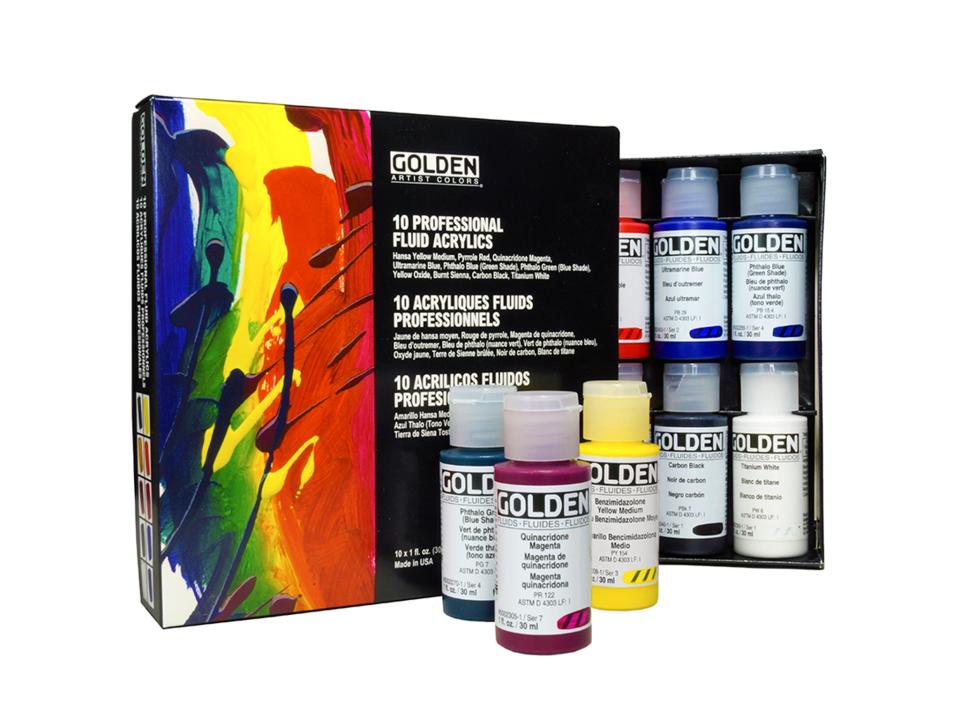
This particular pack contains 10 shades, including white, yellow, red and blue, with the paints the consistency of heavy cream.
When it comes to what to paint on, Brooke tends to use pre-primed and stretched canvases, “which are easy to work with, particularly as they come in a huge range of sizes”. As a starting point, try this Hobbycraft white stretched A4 canvas (Hobbycraft, £3).
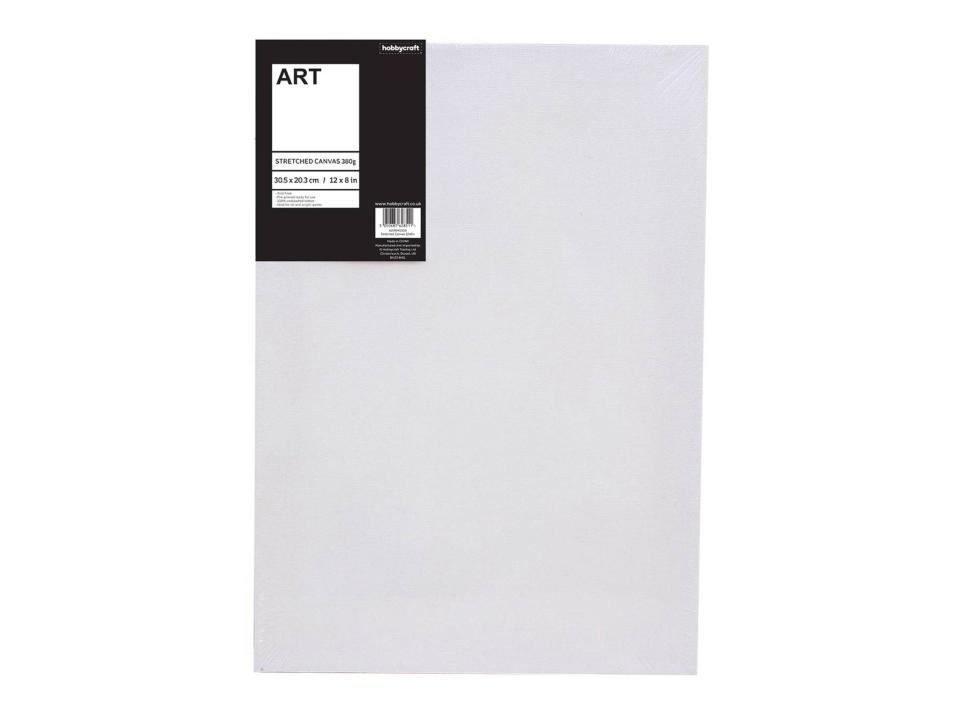
Ideal for paintings, a canvas will allow you to experiment with different strokes and unleash your creativity.
If you’re not ready to paint onto material straight away, Brooke suggests first working on paper, recommending this Fabriano artist paper pack (Cowling & Wilcox, £8.99) owing to its high-quality thickness.
Finally, “brushes are vital” stresses Brooke, who uses a range of sizes as well as trowels and palette knives to create different marks, remove layers and scratch into the surface of the painting. She recommends turning to Pro Arte’s hog brushes (Jackson’s Art, from £2.80) or Procryl brushes (Jackson’s Art, from £4.10) as both offer a large range of sizes.
Watercolour painting
This is a very different type of paint to acrylic: watercolours are not as saturated, and also less messy to work with. Artist Sasha Compton is inspired by the female form, Grecian goddesses and celestial beings, and while she uses a variety of colours and textures, it’s her bright watercolours that caught our eye.
If you’re looking to start experimenting with watercolours, Compton – much like the other artists – encourages you to go for it. “The first stroke is the hardest and once you have started the process, the rest should flow naturally,” she says. “There is no right and wrong.”
Compton recommends you invest in some nice paints. She uses these Winsor & Newton watercolours (Cass Art, £24.50) which contain 24 different hues ranging from dark green to bright yellow.
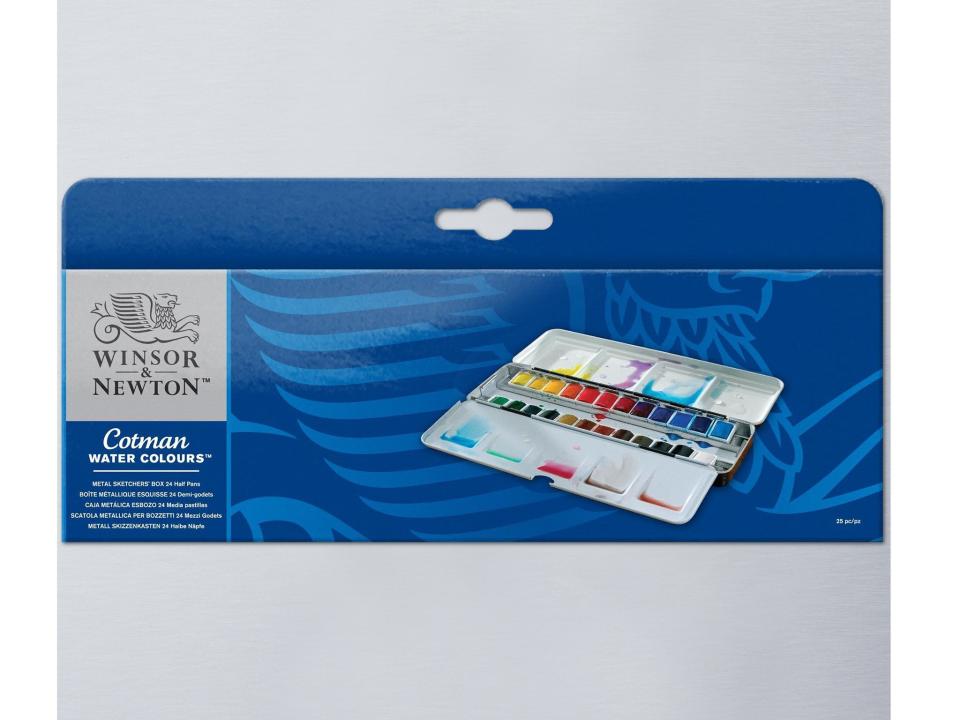
“Have a play around with mark making first, to see which brushstrokes feel right to you,” she says. “Find your inspiration, whether that is a physical object, a view, a memory, a feeling or a pattern, nature, colours or something else.” Compton tends to go on long walks where she takes photos, which she can work with at a later point for colour inspiration.
Paper is important too, and Compton recommends using khadi 320gsm handmade rag paper (Amazon, £30.11).
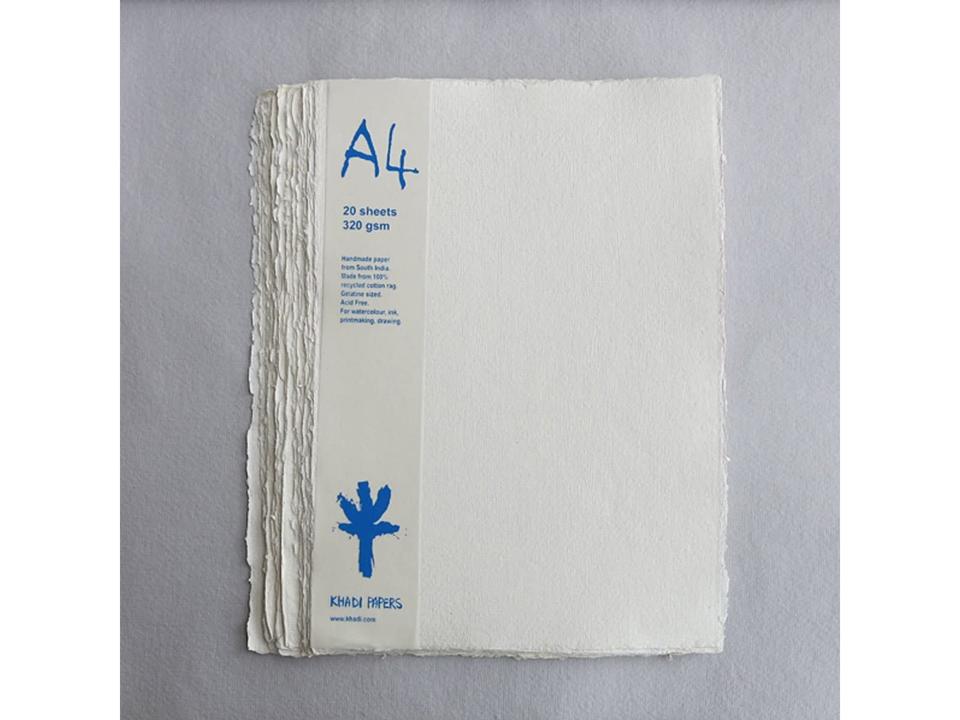
This paper allows for a generous bleed of paint, which feels expressive and therefore very individual, she adds.
“When using a dry brush, the texture of the strokes shows clearly on this paper. If you are using standard watercolour paper, it’s important to stretch your paper before to avoid it ‘cockling’, or buckling when painting. You can find out how to do this online,” says Compton.
As for brushes, she recommends reaching for these Cass Art synthetic brushes (Cass Art, £18.50) or these Foundation watercolour brushes (Winsor Newton, £9.73).

“Perhaps invest in a sketchbook (Cass Art, from £10.95) and try to do a painting a day to keep your eye, and confidence, in the game. Don’t expect for your first attempt to be exactly what you had in mind, but do try to enjoy the element of play,” she advises.
Line drawing
Minimal and paired-back, it seems body-form line drawings are big news at the moment, perhaps owing to the trend for Matisse-inspired fashions and homeware.
Emily Caton-Thick recently raised £27,000 for three Black Lives Matter charities by selling her flowing, line-based works.
If you’re looking to create line drawings of body forms, her tips are worth listening to. Stressing the value of practice, she notes that while it may sound obvious, “it really works!”
While life drawing classes aren’t currently possible, she suggests roping a live-in lover, friend or housemate to form three simple poses with their body for you to photograph – they don’t need to be nude, and if you live alone, she suggests taking photos of yourself.
“Study the shape of the body, how the limbs relate to the torso, the angles of the joints, and the lengths of the arms compared to the legs, for example. Then put pencil to paper – create simple blocky shapes for the limbs and torso to start with, using the images as a reference. Once you're happy with the rough shapes then join them using sketchy, sweeping strokes, keeping everything fluid and loose,” advises Caton-Thick.
Practise drawing the three poses daily, sometimes quickly for a more abstract outcome and sometimes taking a bit more care and focusing on certain details for a more refined result.
When it comes to the essentials you need, she suggests buying a small and portable sketchbook (Cass Art, from £9.95), either A5 or A4 in size, so it can easily fit in your bag. The more opportunities you have to draw the better, she says.
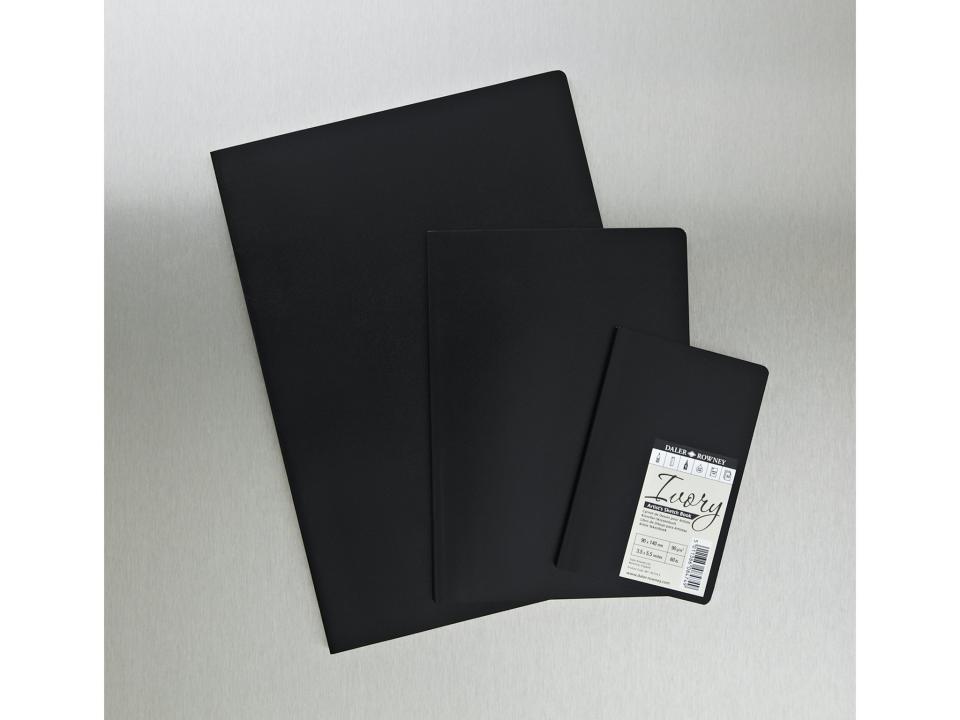
“This little bound sketchbook from Daler Rowney (Cass Art, from £9.95) is a very affordable option and the paper is decent enough quality to get you started,” says Caton-Thick.
As for drawing implements, she suggests soft pencils (Cass Art, £9.95) and a proper rubber (Amazon, £2.99). But, most of all, she’s a big fan of drawing in pen and recommends you reach for these Uni-ball pin drawing pens (Ryman, £8.99).
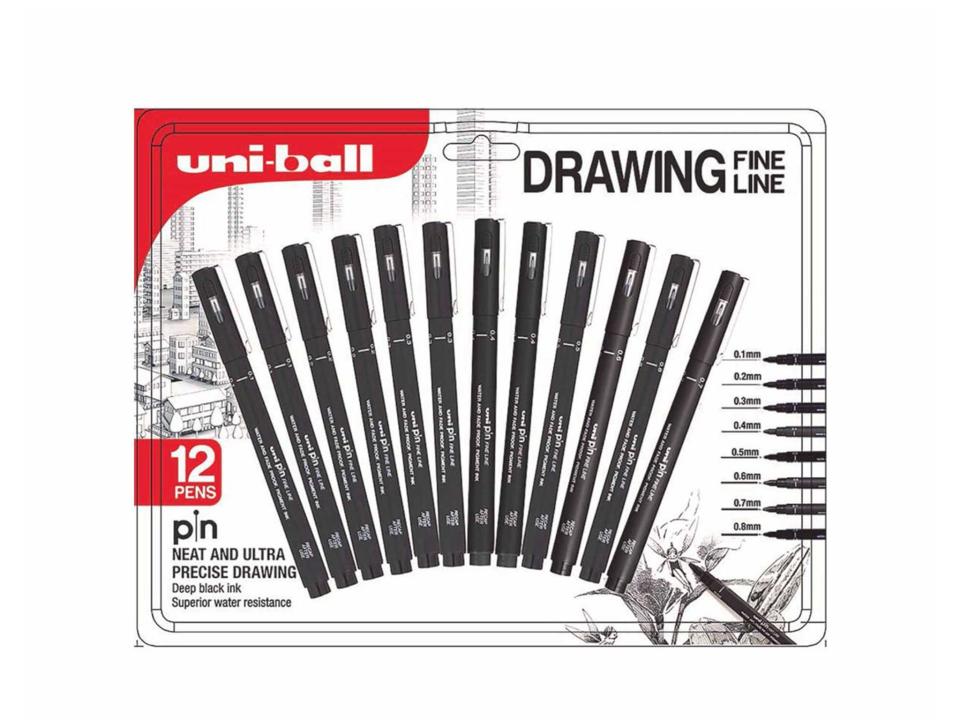
Coming in a pack of 12, the brand says these are suitable for amateurs and professionals alike, allowing for precise drawing with fade-proof, water-resistant ink. With various nib sizes, ranging from 0.1mm to 0.8mm, you can produce plenty of line widths.
As for her go-to ink, that’s Winsor & Newton’s calligraphy ink (Art Discount, £3.65) – “I find the viscosity perfect for this painting form. The price is good and there are so many gorgeous colours available,” she says.
Regarding brushes, she cannot recommend the Daler Rowney short angled brush (Amazon, £5.16) enough.
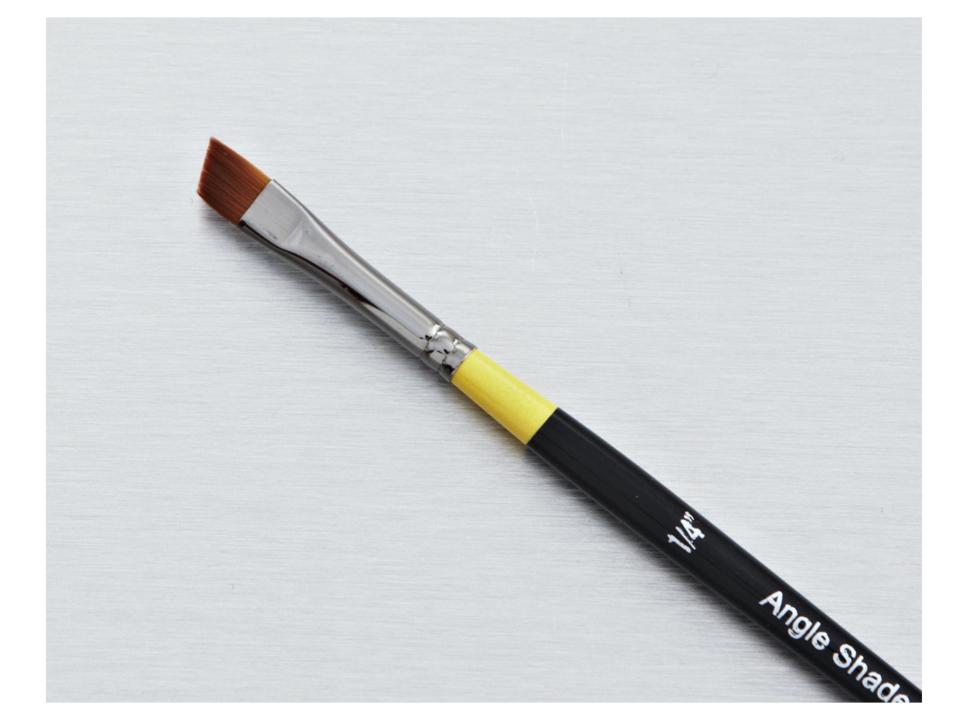
The angled point is ideal for detail while the flat end of the brush is good for wider brush strokes. “And that's it, that's all you need to begin!”
Pencil drawing
For many artists, pencil drawing is what introduced them to an art practice, meaning it’s a great starting point.
Curtis Holder, who specialises in drawing on paper using graphite and colour pencils, recommends making a start by simply doodling while you’re talking to someone on the phone or watching television.
“As you're doodling, experiment by drawing different shapes, lines and patterns. This exercise will get you used to holding the pencil and getting a feel for what it does,” he adds. This is a “great way of getting your brain ready for that mark-making process to begin”.
"If you want to move on from simple doodles, it's good to understand that successful drawing is mostly about looking, so take care to really see the shapes that make up the subject or object and keep looking as you draw,” he adds.
For the equipment you need, Holder says it’s really about the basics. He recommends, for example, this Daler Rowney simply wirebound sketchbook and sketching pencil set (Cass Art, £12.95), which contains all “the tools you will need, from pencils and paper to a suitable rubber”.
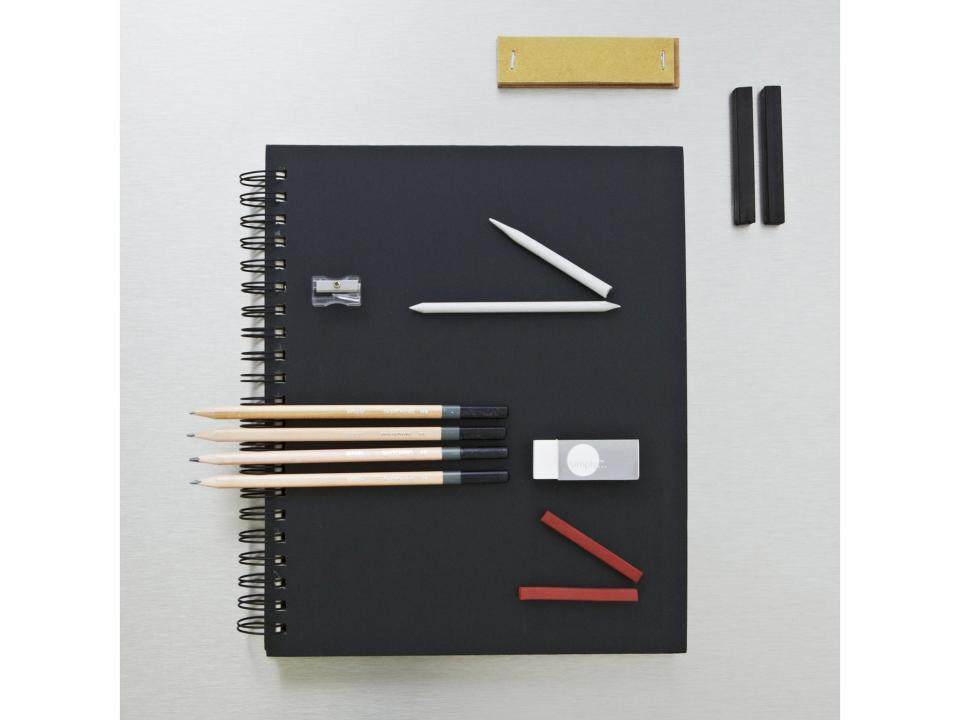
If you’re looking to create your own art arsenal, he recommends this Derwent Art sketching collection (Derwent Art, £25), comprising a selection of graphite pencils, charcoal blocks and pencils, and graphic pencils.
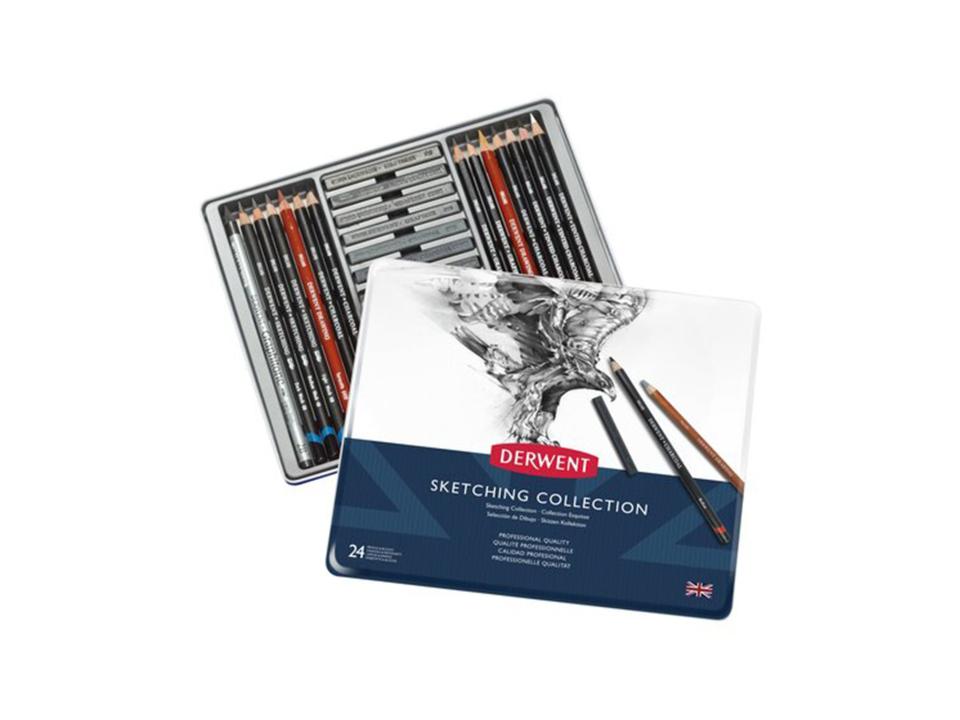
As for pads of paper, they are often labelled with the medium they suit best, but he suggests reaching for this Winsor & Newton heavyweight wire-o spiral sketchbook in 170gsm (Cowling and Wilcox). With 50 sheets of acid-free cartridge paper, it’s suitable for use with pencil, pen and ink.
“When it comes to thinking about what to draw, if you're feeling a bit nervous there are lots of books and YouTube videos out there to help artists of all levels and abilities,” says Holder. He recommends Drawing on the Right Side of the Brain Workbook by Betty Edwards (Blackwells, £14.99), which is a guide to enhancing creativity and artistic confidence.
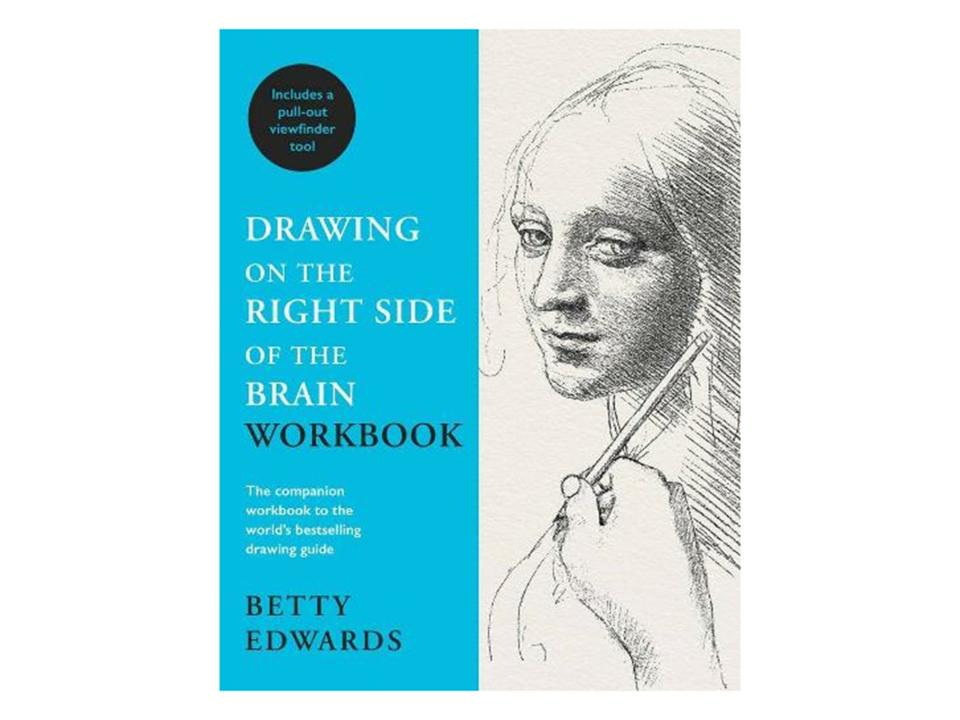
Suitable for beginners and professionals, it includes 40 exercises that range in subject matter from portraits to landscapes. By following the rules, Holder assures your skills will improve.
Above all, drawing is about “personal expression and having fun”, says Holder. “My main advice is to just have a go – once you start to feel an affinity with your pencils you can then decide to start to exploring your technical skills if you want to.”
Want to try something new in lockdown? Read our round-up of the new skills to learn, from cooking to photography
Read More
8 new skills to learn while in lockdown, from cooking to photography
Letterbox gifts to treat friends and family during lockdown
The best games to play over Zoom with friends, from Psych to Heads Up

 Yahoo Finance
Yahoo Finance